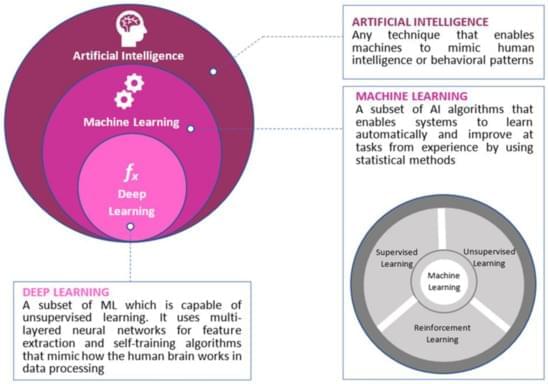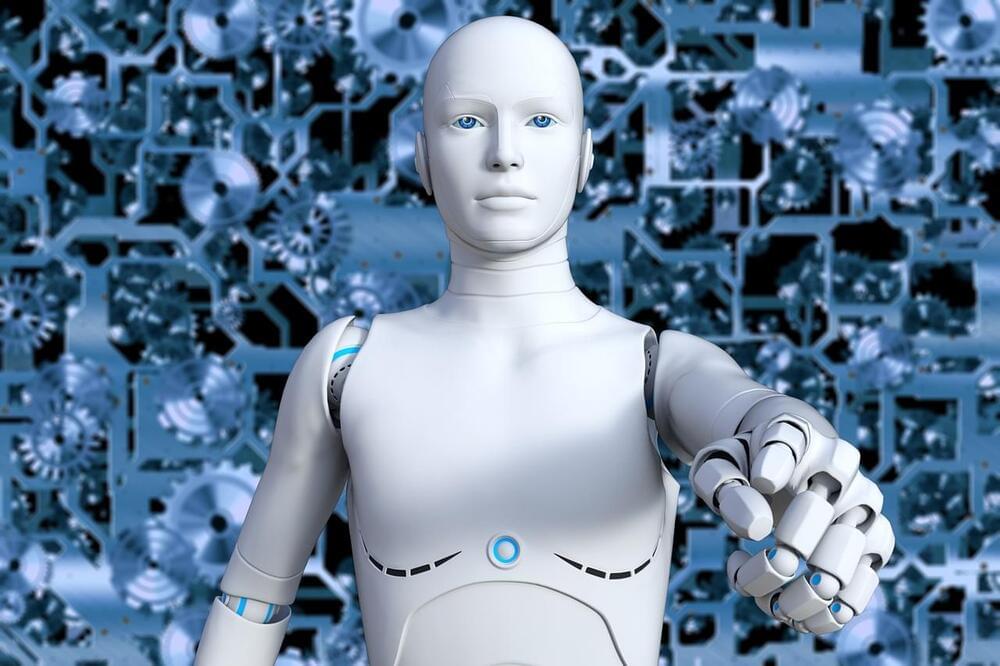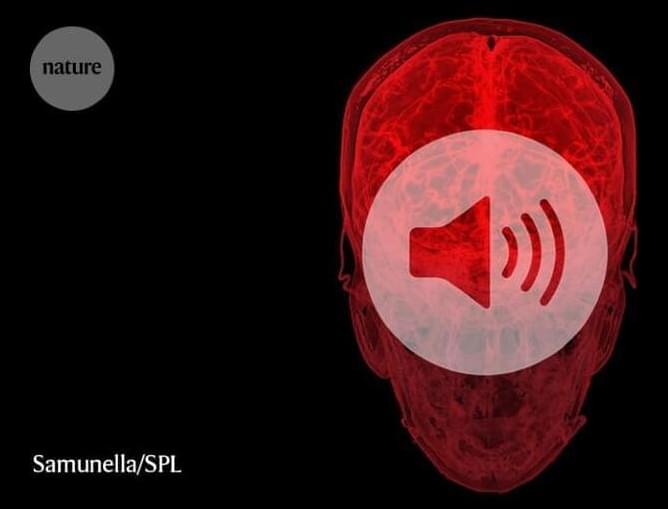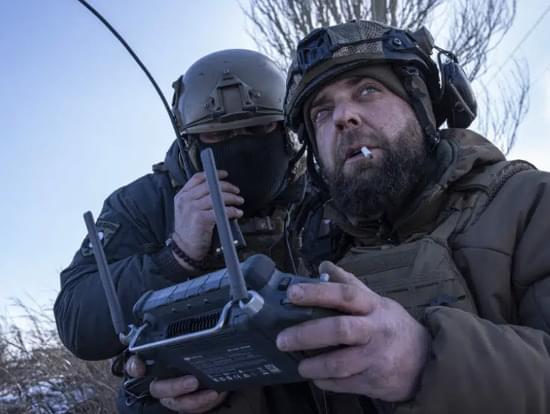The development of artificial intelligence (AI) algorithms has permeated the medical field with great success. The widespread use of AI technology in diagnosing and treating several types of cancer, especially colorectal cancer (CRC), is now attracting substantial attention. CRC, which represents the third most commonly diagnosed malignancy in both men and women, is considered a leading cause of cancer-related deaths globally. Our review herein aims to provide in-depth knowledge and analysis of the AI applications in CRC screening, diagnosis, and treatment based on current literature. We also explore the role of recent advances in AI systems regarding medical diagnosis and therapy, with several promising results. CRC is a highly preventable disease, and AI-assisted techniques in routine screening represent a pivotal step in declining incidence rates of this malignancy.


 עברית (Hebrew)
עברית (Hebrew)





